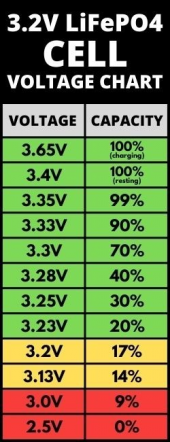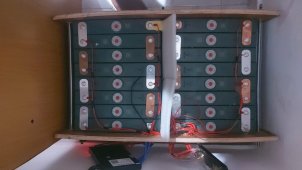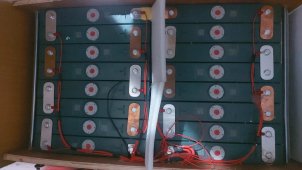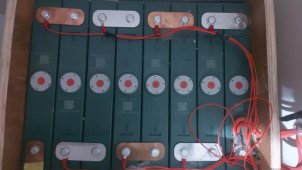Hi.
We are building a 3.2v 16 cells Lifepo4 pack, with JK BMS.
We did bottom balancing and top balancing of the pack.
But now some cells get over discharged and the cell volt difference is 0.5mv. (Also, observed that the cells gets over charged to 4v on the previous day).
In this case, 5 cells were at 2.7v and the remaining were at 3.24v.
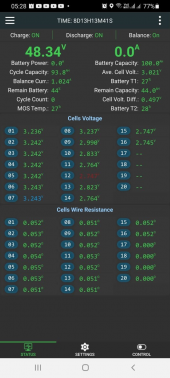
Here is the setting of JK BMS (screenshot took bit later)
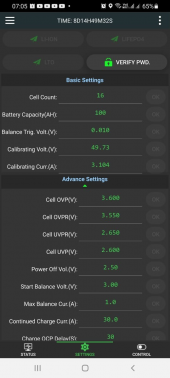
How do we set the parameters correctly to balance the pack at “top” and “bottom” both?
Your advice is highly appreciated.
Thanks,
Flash
We are building a 3.2v 16 cells Lifepo4 pack, with JK BMS.
We did bottom balancing and top balancing of the pack.
But now some cells get over discharged and the cell volt difference is 0.5mv. (Also, observed that the cells gets over charged to 4v on the previous day).
In this case, 5 cells were at 2.7v and the remaining were at 3.24v.

Here is the setting of JK BMS (screenshot took bit later)

How do we set the parameters correctly to balance the pack at “top” and “bottom” both?
Your advice is highly appreciated.
Thanks,
Flash




